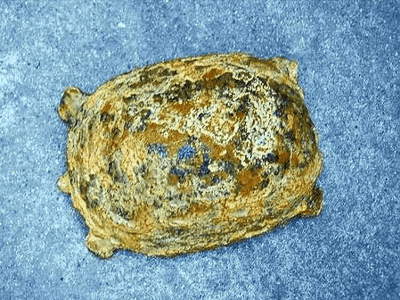`` A prehistoric road made about 7000 years ago '' is discovered at the bottom of the Mediterranean sea

A prehistoric 'road' dating back to 4900 BC was discovered in a bay on the Croatian
7,000-Year-Old Submerged Road Discovered Under The Mediterranean Sea | IFLScience
https://www.iflscience.com/7000-year-old-submerged-road-discovered-under-the-mediterranean-sea-68830
Road Built 7,000 Years Ago Found at The Bottom of The Mediterranean Sea : ScienceAlert
https://www.sciencealert.com/road-built-7000-years-ago-found-at-the-bottom-of-the-mediterranean-sea
Mate Parica , an archaeologist at the University of Zadar, Croatia , was investigating satellite images of the waters around Korcula Island in 2021, and noticed that something that looked like a strange artifact was sinking to the seabed.
As a result of a survey of the seabed by Parica and others, on the seabed of the Adriatic Sea at a depth of about 4 to 5m, stone walls that may have been part of an ancient settlement and tools such as flint used by people at that time were discovered. Did. This ancient settlement is believed to have been an artificial island, and it seems that the underwater ruins were protected from rough waves and erosion by many islands.

University of Zadar
A new research team discovered a 4m wide 'prehistoric road' buried in a layer of mud near the ruins. The path is made of stacked stone slabs, and was
You can see how the undersea ruins are excavated by watching the video below.
Cesta stara 7.000 godina u podmorju kod Koručule - YouTube
You can see the path where the stones are piled up where the mud on the seabed has been removed.

You can feel the width of the road compared to the divers who are doing excavation work.

Excavation is carried out by extending a hose to the seabed of the excavation site and sucking the removed mud together with the seawater.

In addition, the research team recently discovered a similar underwater ruin on the other side of Korcula Island, and also reported that they found Neolithic artifacts such as stone axes. .

University of Zadar
Related Posts:







